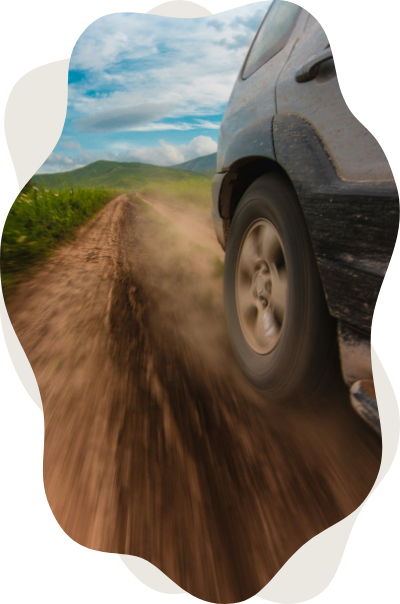
NEWS
2024.06.01
Home page has been updated.
2019.04.16
Complete genome sequence of natural rubber-degrading, gram-negative bacterium, Rhizobacter gummiphilus strain NS21T. Linh, D.V., Gibu, N., Tabata, M., Imai, S., Hosoyama, A., Yamazoe, A., Kasai, D., Fukuda M. Biotechnol. Rep. Apr. 1, 2019. doi: 10.1016/j.btre.2019.e00332. Epub ahead of print PMID:31011550
2019.04.01
Ecological impact assessment of a bioaugmentation site on remediation of chlorinated ethylenes by multi-omics
ABOUT
Utilization of Microorganisms for Environmental Remediation and Resource Recycling System.
We have produced and utilized numerous useful chemicals thus far. However, what happens to the waste containing these chemicals once it flows into the environment? In recent years, pollution of the marine environment by artificial substances known as microplastics has become a significant issue. Environmental pollution, including soil and rivers, has become one of the challenges we need to address on a global scale.
We aim to use microorganisms in the environment effectively to purify environmental pollution and reduce waste.To achieve this,we are discovering microorganisms that grow by consuming the chemicals causing pollution and uncovering their unique characteristics.Additionally,we are working on elucidating the genetic makeup,enzymes,and genome structure of these microorganisms at the molecular level to create efficient environmental purification systems.
SUBJECT

Discovery and Characterization of Rubber-Degrading Microorganisms for Environmental Sustainability.
Natural rubber is a biopolymer containing poly as the main component, and is produced by over 2,000 plant species from approximately 300 genera including Hevea brasiliensis. Natural rubber from H. brasiliensis is used industrially for tires, seismic isolation rubbers, and medical gloves. The waste of these products has been treated by combustion or landfill processes, which are hazardous to the environment. It is required to find alternative treatment process for rubber waste. Rubber-degrading bacteria were screened for the production of clearing zones around their colonies on latex overlay agar plates. Then, novel rubber degrading bacteria were isolated. We have determined the genome sequences of these bacteria, and identified the genes, which are responsible for rubber degradation. The biochemical characterization of the genes and the gene products are still going on, in order to gain a better understanding the microbial rubber-degradation mechanism in nature.
ARCHIVEMENTS
MEMBER
ACCESS
We welcome graduate students (master's and doctoral programs) from outside the university and abroad, as well as JSPS research fellows. We are also actively promoting collaborative research with industry, academia, and government. If you are interested in our laboratory, please feel free to contact us.
ADDRESS
DAISUKE KASAI
Kamitomiokamachi1603-1,Nagaoka,Niigata,940-2188,Japan
- E-mail dkasai1(at)vos.nagaokaut.ac.jp
Nagaoka is located at the center of Niigata Prefecture and can be reached in about 90 minutes from Tokyo and about 20 minutes from Niigata on the Jo-etsu Shinkansen. Nagaoka is located at the branching point of Hokuriku Expressway and Kan-etsu Expressway and is thus an important access point for the Sea of Japan coast from both the Tokyo and Osaka areas. Being the center of the Shinanogawa Technopolis, recognized by the Ministry of Economy, Trade and Industry, Nagaoka also values its international and cultural ties.
